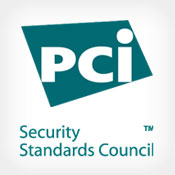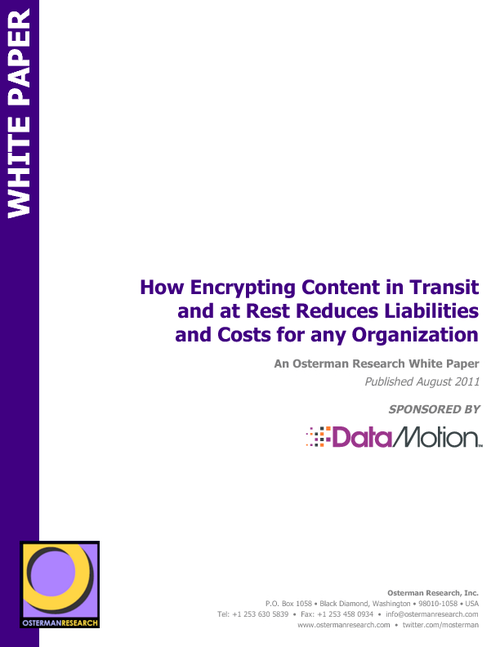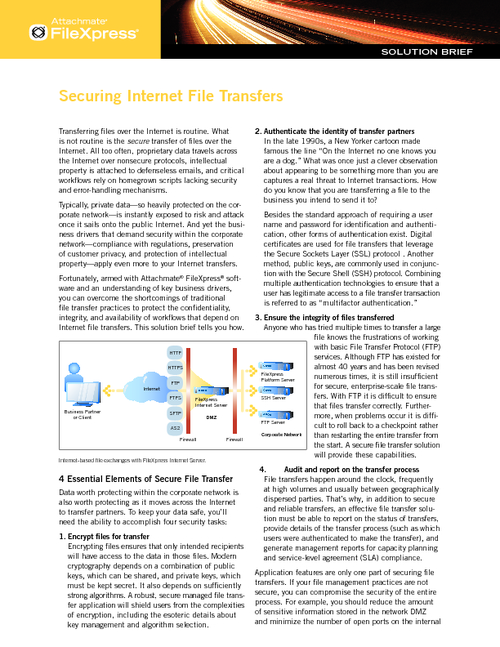Encryption & Key Management , Next-Generation Technologies & Secure Development , PCI Standards
PCI DSS Updated to Address SSL Risk
Security Standards Council Urges Use of Current TLS Protocol
The PCI Security Standards Council has published a new version of its data security standard that calls for ending the use of the outdated Secure Sockets Layer encryption protocol that can put payment data at risk.
See Also: Securing Your Business Begins with Password Security
PCI DSS version 3.1, and supporting guidance, is effective immediately, and version 3.0 will be retired on June 30. The new guidance removes SSL, and early versions of Transport Layer Security, as examples of strong cryptography, and calls for use of a current, secure version of TLS.
Time to Make Adjustments
Although the DSS revisions are effective immediately, impacted requirements have a sunset date to allow for organizations with affected systems to implement the changes, the PCI Security Standards Council says in a statement. As a result, SSL and early TLS can no longer be used as security controls to protect payment data after June 30, 2016. "Prior to this date, existing implementations that use SSL and/or early TLS must have a formal risk mitigation and migration plan in place," the council says. "Effective immediately, new implementations must not use SSL or early TLS."
The council also also notes, however, that point-of-sale terminals that can be verified as not being susceptible to all known exploits for SSL and early TLS may continue to use these protocols as security controls after June 30, 2016.
Al Pascual, director of fraud and security for Javelin Strategy & Research, says this latest revision to the PCI-DSS is designed to address a present-day threat. But he says risks linked to outdated SSL encryption will have more serious implications as card-not-present fraud in e-commerce transactions grows and more online merchants are targeted for the theft of card data.
"Upgrading to the most recent iteration of TLS will have a meaningful effect on security for merchants right now to be sure," Pascual says. "But PCI has to consider the compliance burdens of any mandate, which makes the 2016 date as reasonable as can be managed, all things considered."
NIST Identifies Risks
The PCI Security Standards Council, in announcing the new standard, notes: "The National Institute of Standards and Technology identified SSL, a cryptographic protocol designed to provide secure communications over a computer network, as not being acceptable for the protection of data due to inherent weaknesses within the protocol. Upgrading to a current, secure version of Transport Layer Security, the successor protocol to SSL, is the only known way to remediate these vulnerabilities."
A council spokesperson tells Information Security Media Group: "It is critically important that organizations upgrade ... as soon as possible and disable any fallback to both SSL and early TLS."
The spokesperson adds: "The SSL protocol primarily affects Web servers and browsers, so if exploited, it can jeopardize the security of any payment card data being accepted or processed."
Among the exploits related to SSL and earlier versions of TLS, the PCI Security Standards Council notes, are POODLE and BEAST. The risk from POODLE - which stands for Padding Oracle On Downgraded Legacy Encryption - is that attackers can exploit the vulnerability to undercut TLS or SSL. As a result, an attacker could read encrypted Internet communications as well as steal session cookies and impersonate users.
Addressing Risks
"With PCI DSS 3.1 and supporting guidance, we are arming organizations with a pragmatic, risk-based approach to addressing the vulnerabilities within the SSL protocol that can put payment data at risk," says Stephen Orfei, PCI SSC general manager.
In addition to addressing SSL, the new version of the standard includes minor changes, such as clarifications of language, additional guidance in introductory sections and updates to specific testing procedures to align testing objectives with requirements.
PCI DSS 3.1, and a variety of supporting resources, are available on the PCI SSC website.
(Executive Editor Tracy Kitten contributed to this story).




















